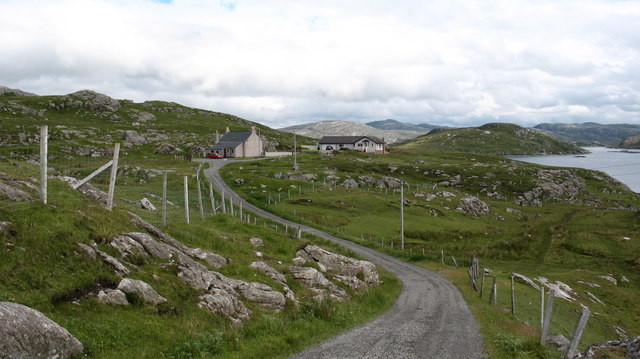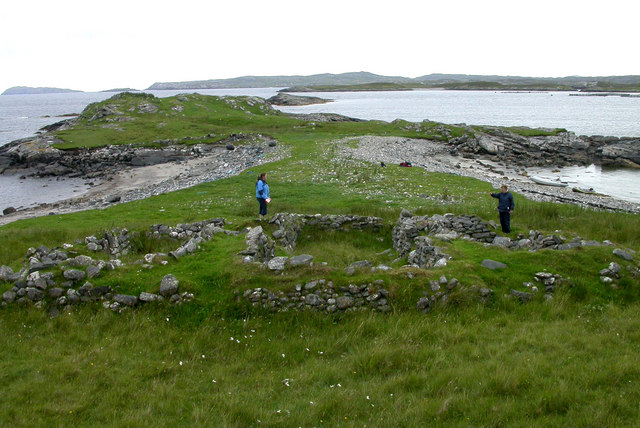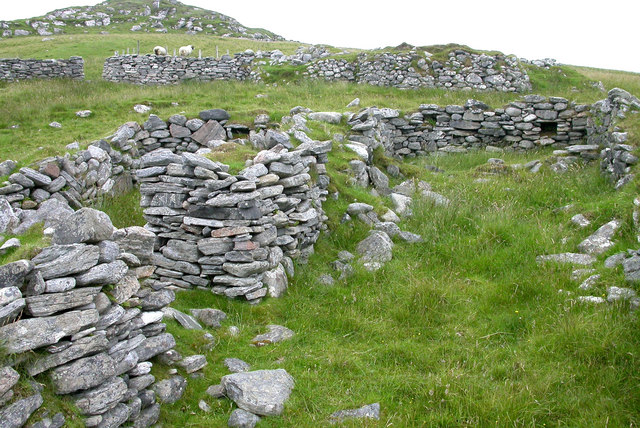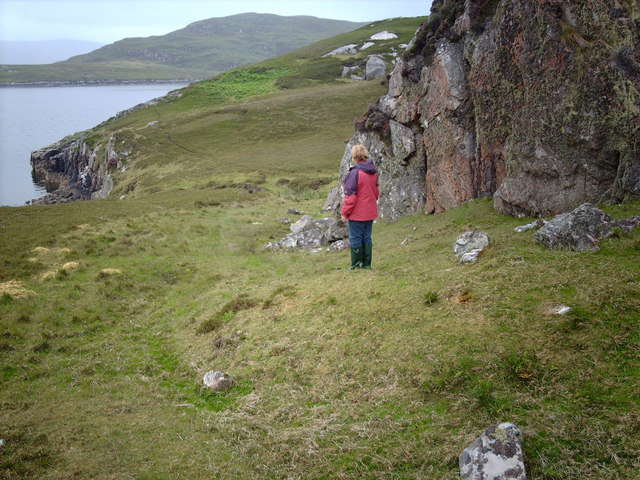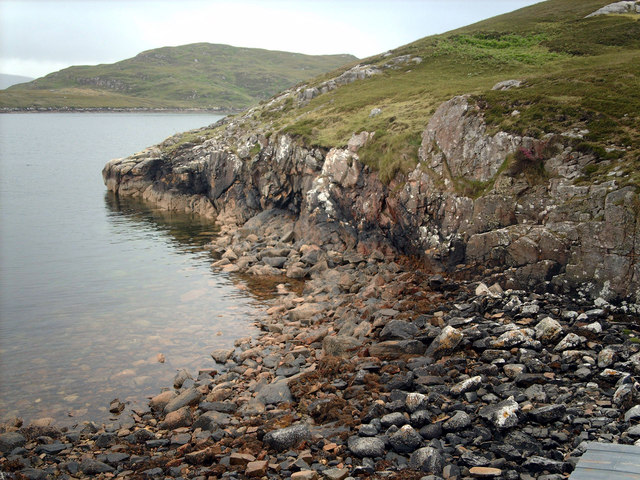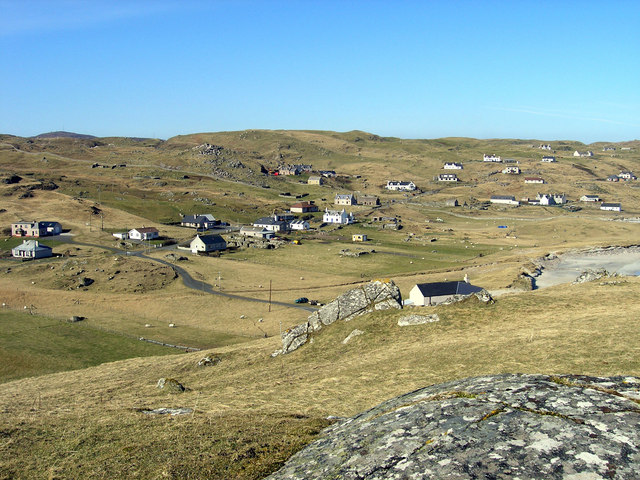Cnoc an Duine
Hill, Mountain in Ross-shire
Scotland
Cnoc an Duine
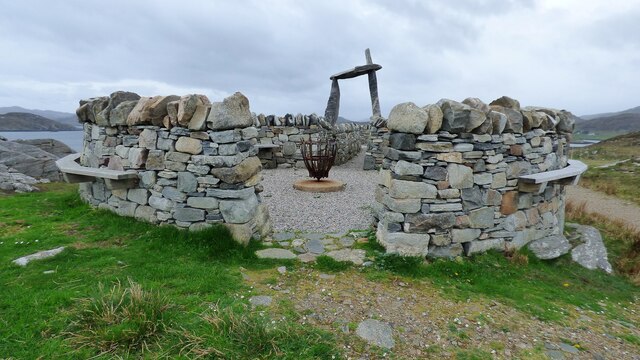
Cnoc an Duine, located in Ross-shire, Scotland, is a prominent hill/mountain in the region. With an elevation of approximately 298 meters (978 feet), it offers breathtaking panoramic views of the surrounding landscape. The hill is situated near the village of Evanton, making it easily accessible for locals and visitors alike.
Cnoc an Duine is part of the larger mountain range known as the Scottish Highlands, renowned for its rugged beauty and diverse wildlife. The hill is covered in heather and grass, creating a picturesque scenery for hikers and nature enthusiasts. Its relatively moderate height makes it a popular destination for those seeking a manageable yet rewarding climb.
The summit of Cnoc an Duine provides a vantage point from which one can admire the stunning vistas of the Cromarty Firth and the surrounding countryside. On a clear day, one might even catch a glimpse of the distant peaks of the Ben Wyvis range and the Black Isle.
The hill also holds historical significance, with traces of ancient settlements and burial sites found in the vicinity. These remnants hint at a rich cultural heritage that dates back centuries.
Whether it's a leisurely stroll or a more challenging hike, Cnoc an Duine caters to a wide range of outdoor enthusiasts. Its accessibility, natural beauty, and historical significance make it a must-visit destination for those exploring the scenic wonders of Ross-shire.
If you have any feedback on the listing, please let us know in the comments section below.
Cnoc an Duine Images
Images are sourced within 2km of 58.209381/-6.894984 or Grid Reference NB1234. Thanks to Geograph Open Source API. All images are credited.
Cnoc an Duine is located at Grid Ref: NB1234 (Lat: 58.209381, Lng: -6.894984)
Unitary Authority: Na h-Eileanan an Iar
Police Authority: Highlands and Islands
What 3 Words
///foot.rinses.puzzled. Near Carloway, Na h-Eileanan Siar
Nearby Locations
Related Wikis
Fuaigh Mòr
Fuaigh Mòr (sometimes anglicised as Vuia Mor) is an island in the Outer Hebrides of Scotland. It is off the west coast of Lewis near Great Bernera in...
Loch Ròg
Loch Ròg or Loch Roag is a large sea loch on the west coast of Lewis, Outer Hebrides. It is broadly divided into East Loch Roag and West Loch Roag with...
Fuaigh Beag
Fuaigh Beag or Vuia Be(a)g is an island in the Outer Hebrides. It is off the west coast of Lewis near Great Bernera in Loch Roag. Its name means "little...
Loch na Berie
Loch Na Berie is a broch in the Outer Hebrides of Scotland, located approximately 400 yards from the shore, and is thought to have been located on an island...
Vacsay
Vacsay (Scottish Gaelic: Bhacsaigh from Old Norse "bakkiey" meaning "peat bank island") is one of the Outer Hebrides. It is off the west coast of Lewis...
Flodaigh, Lewis
Flodaigh is a small island in Loch Roag on the west coast of Lewis in the Outer Hebrides of Scotland. It is about 33 hectares (82 acres) in extent and...
Dun Bharabhat, Great Bernera
Dun Bharabhat (or Dun Baravat) is an Iron Age galleried dun or "semi-broch" situated on the island of Great Bernera near Lewis in Scotland (grid reference...
Kneep
Kneep (Scottish Gaelic: Cnìp) is a village on the Isle of Lewis, in the Outer Hebrides, Scotland. Kneep is within the parish of Uig.Various archaeological...
Have you been to Cnoc an Duine?
Leave your review of Cnoc an Duine below (or comments, questions and feedback).
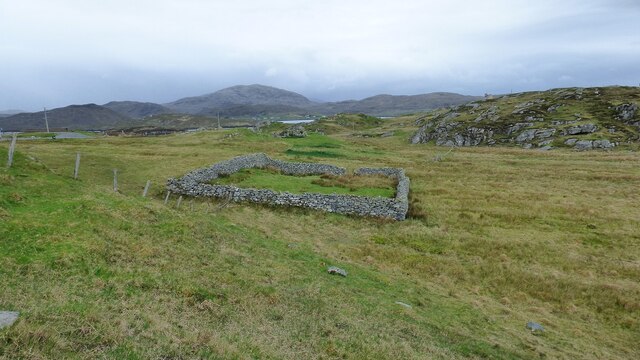
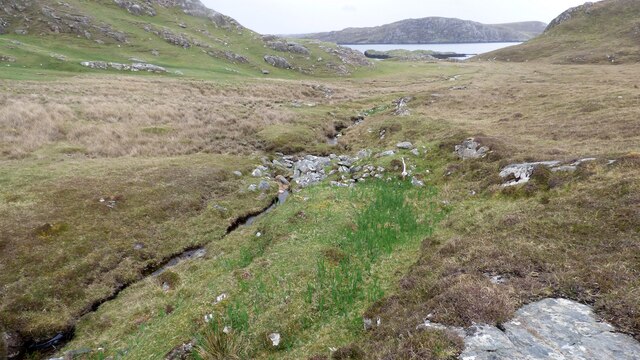
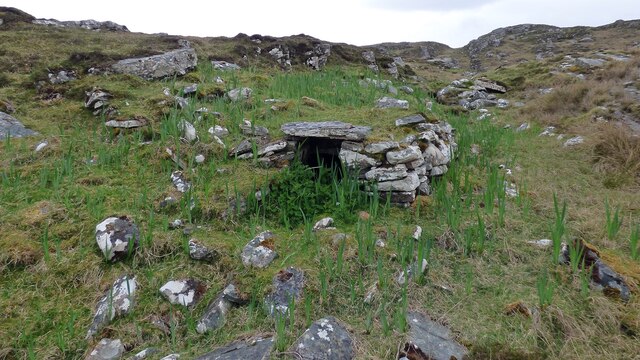
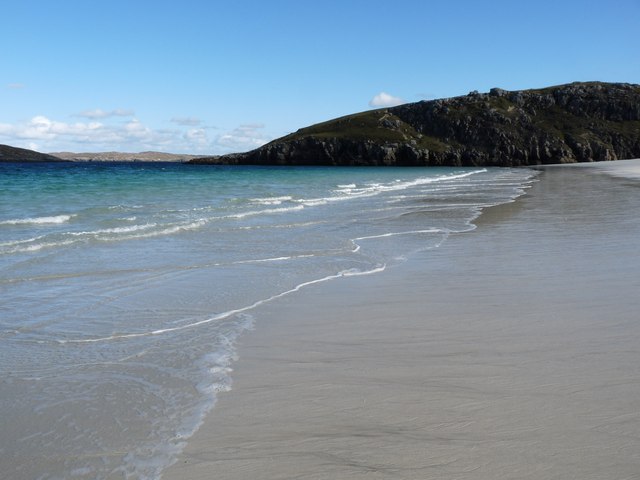
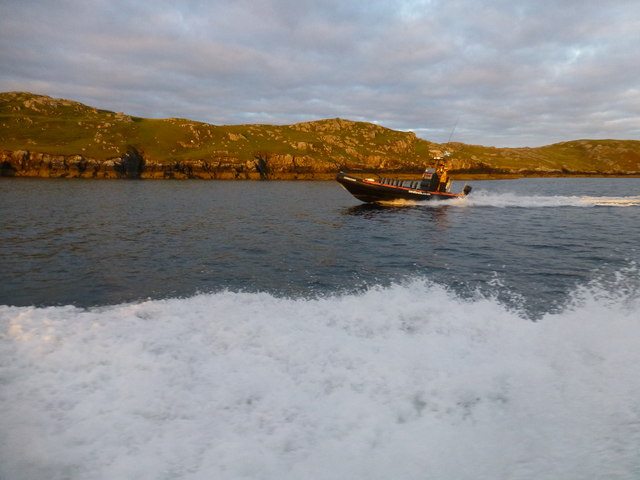
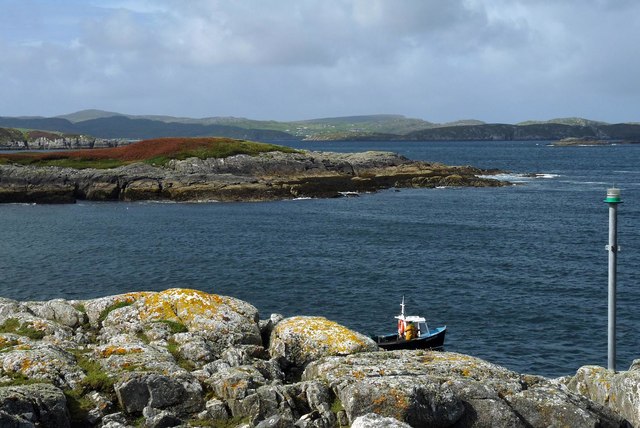
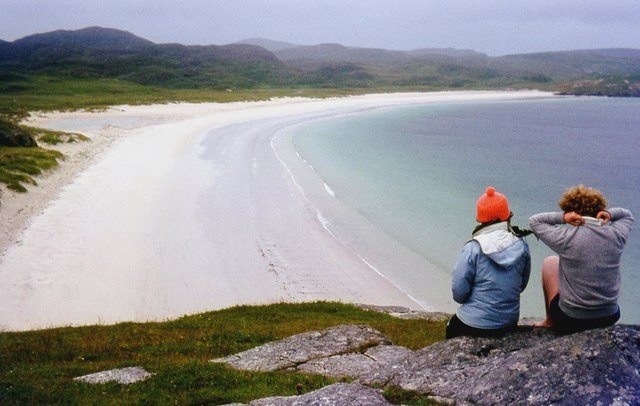
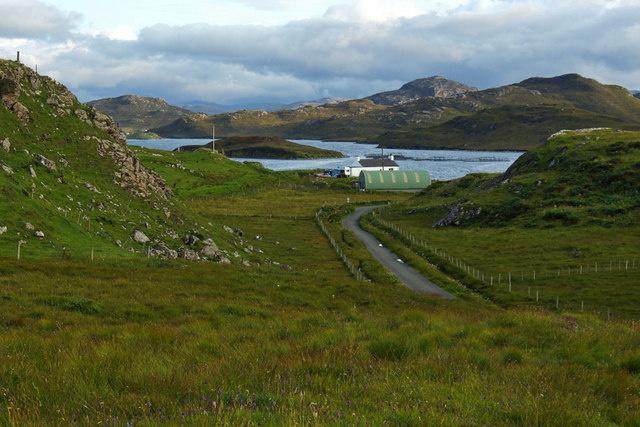
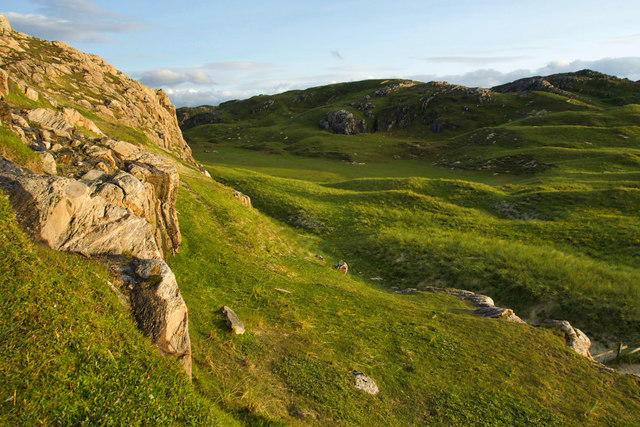
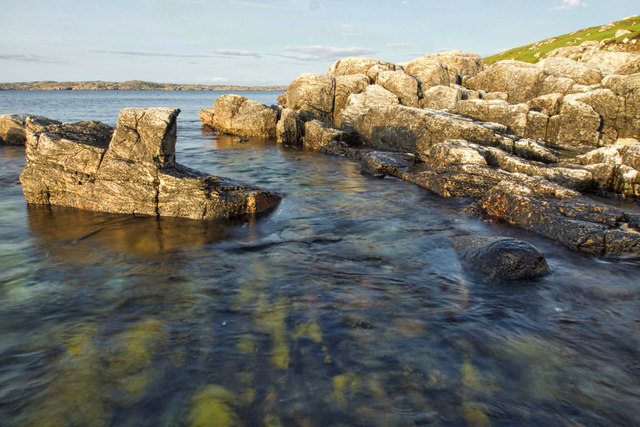
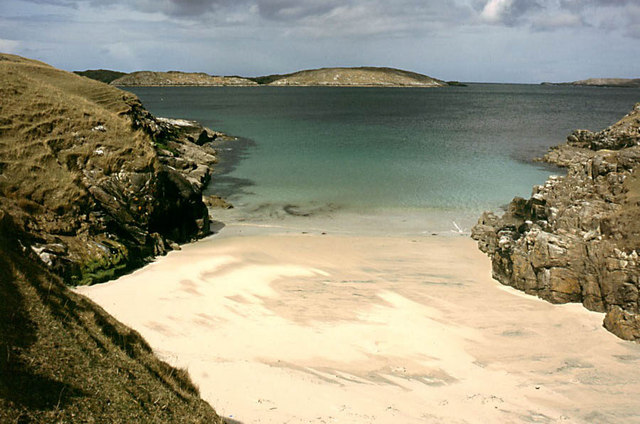
![Riof [Reef], west Lewis. Looking across the inner reaches of Loch Rog towards the island of Flodday and the hills of west Lewis.](https://s3.geograph.org.uk/photos/50/67/506799_d8968d32.jpg)
